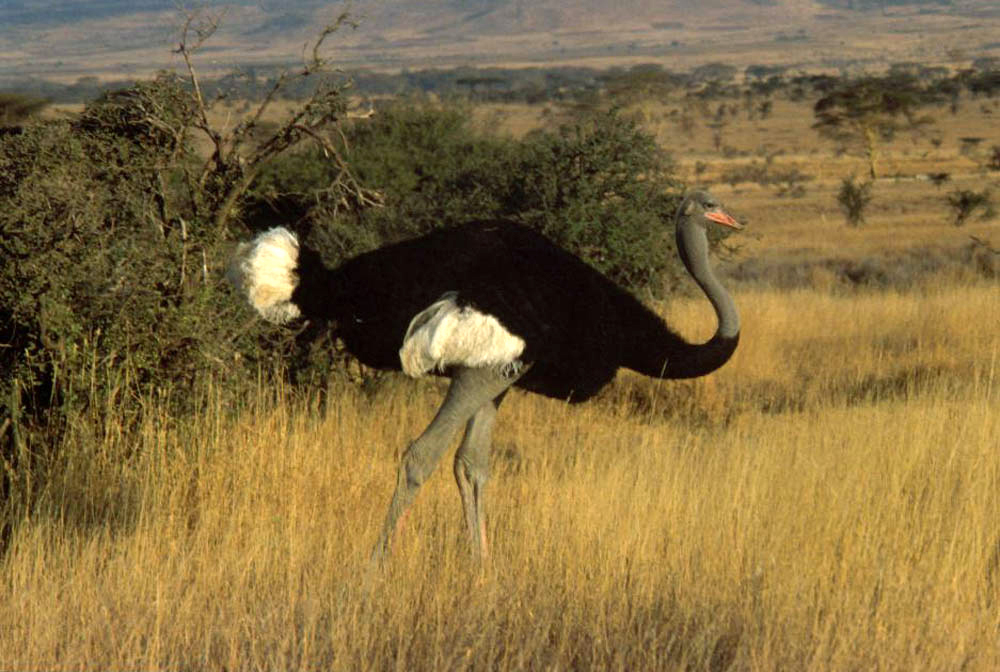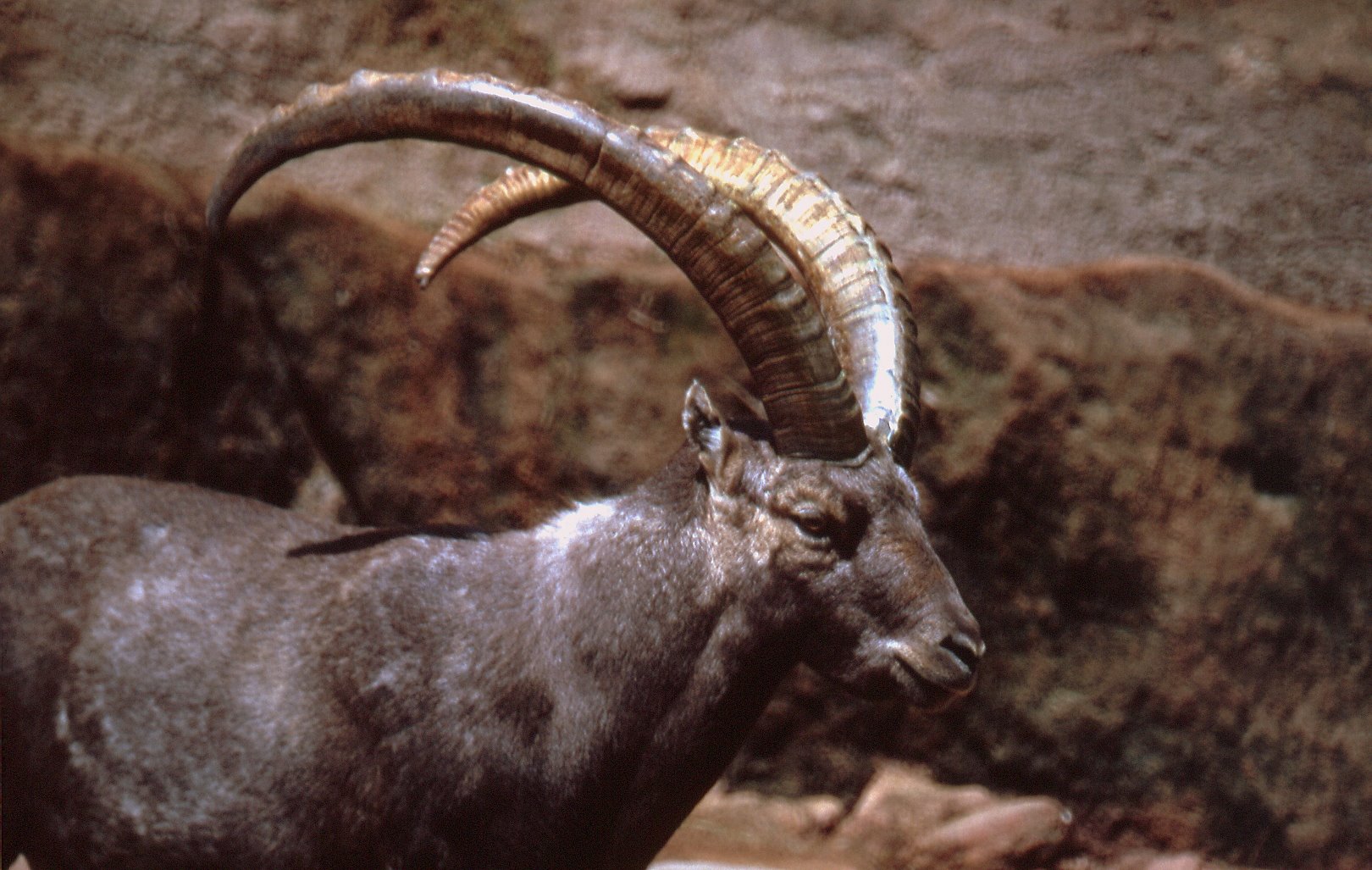|
Sawaj Mountain
Sawaj Mountain is one of the mountains in the Al-Qassim region, and one of the mountains of Hamma Dhiriyah, located in the southwestern part of Ar Rass Governorate. It contains drawings from the Thamudic period and is adjacent to the village of Al-Shabikiyah, which was formerly called Al-Tana'a. It is also located among a group of other mountains in Al-Qassim. History Sawaj Mountain stands out from the surrounding mountain range due to the blackness of its volcanic rock, which have been referenced in poetic traditions dating back to Arab poets who have sung about them and mentioned them in their verses. The presence of Thamudian drawings on the rocks and within the caves of the mountain range suggests that its foothills were once a habitat for ibexes, camels, and cows. Additionally, second caliph, Umar ibn al-Khattab, designated the area as a headquarters for charity horses. Sawaj is one of the mountains of the city of Hamma Dhiriyah in Qassim. It was known as "Sawaj Al-Ham ... [...More Info...] [...Related Items...] OR: [Wikipedia] [Google] [Baidu] |
Al-Qassim
The Qassim Province ( ' , Najdi Arabic: ), also known as the Qassim Region, is one of the 13 provinces of Saudi Arabia. Located at the heart of the country near the geographic center of the Arabian Peninsula, it has a population of 1,336,179 and an area of 58,046 km2. It is considered one of the "bread baskets" of the country for its agricultural tradition and assets. Al-Qassim has the lowest share of population living below local poverty line in Saudi Arabia. It is the seventh most populated region in the country after Jizan and the fifth most densely populated. It has more than 400 cities, towns, villages, and Bedouin settlements, ten of which are recognized as governorates. Its capital city is Buraydah, which is inhabited by approximately 50% of the region's total population. The governor of the province from 1992 to 29 January 2015 was Prince Faisal bin Bandar, succeeded by Prince Faisal bin Mishaal. Etymology Al Qassim also "Al Gassim" "Gassim" derived from the word ... [...More Info...] [...Related Items...] OR: [Wikipedia] [Google] [Baidu] |
Mecca
Mecca, officially Makkah al-Mukarramah, is the capital of Mecca Province in the Hejaz region of western Saudi Arabia; it is the Holiest sites in Islam, holiest city in Islam. It is inland from Jeddah on the Red Sea, in a narrow valley above sea level. Its metropolitan population in 2022 was 2.4million, making it the List of cities in Saudi Arabia by population, third-most populated city in Saudi Arabia after Riyadh and Jeddah. Around 44.5% of the population are Saudis, Saudi citizens and around 55.5% are Muslim world, Muslim foreigners from other countries. Pilgrims more than triple the population number every year during the Pilgrimage#Islam, pilgrimage, observed in the twelfth Islamic calendar, Hijri month of . With over 10.8 million international visitors in 2023, Mecca was one of the ten List of cities by international visitors, most visited cities in the world. Mecca is generally considered "the fountainhead and cradle of Islam". Mecca is revered in Islam as the birthp ... [...More Info...] [...Related Items...] OR: [Wikipedia] [Google] [Baidu] |
King Saud University
King Saud University (KSU, ) is a public university in Riyadh, Saudi Arabia. Established in 1957 by King Saud bin Abdulalziz to address the country's skilled worker shortage, it is the first university in Saudi Arabia. It was known as Riyadh University from 1964 until it was reverted to its inceptive name in 1982. It was converted into an independent non-profit academic institution in 2023. The student body of KSU today consists of 40,000 students, 7% of which are international. Female students have their own disciplinary panel, and there is a center supervising the progress of female students, either personally by female faculty members or by male faculty members via a closed television network. The university offers courses in the natural sciences, the humanities, and professional studies, and many courses are tuition-free. The medium of instruction in undergraduate programs is English and Arabic depending on the chosen major. History Establishing Saudi Arabia's first un ... [...More Info...] [...Related Items...] OR: [Wikipedia] [Google] [Baidu] |
Thamud
The Thamud () were an ancient tribe or tribal confederation in pre-Islamic Arabia that occupied the northwestern Arabian Peninsula. They are attested in contemporaneous Mesopotamian and Classical inscriptions, as well as Arabic ones from the eighth century BCE, all the way until the fifth century CE, when they served as Roman auxiliaries. They are also later remembered in pre-Islamic Arabic poetry and Islamic-era sources, including the Quran. Prominently, they appear in the Ruwafa inscriptions discovered in a temple constructed circa 165–169 CE in honor of the local deity, ʾlhʾ. Islamic sources state that the Thamud were an early Arab tribe that had gone extinct in ancient days. Thamud appears twenty-six times in the Quran, where the tribe is presented as an example of an ancient polytheistic people destroyed by God for their rejection of God's prophet Salih. In the Quran, Thamud is associated with a pattern of rebellion and destruction of past groups of people. This i ... [...More Info...] [...Related Items...] OR: [Wikipedia] [Google] [Baidu] |
Predation
Predation is a biological interaction in which one organism, the predator, kills and eats another organism, its prey. It is one of a family of common List of feeding behaviours, feeding behaviours that includes parasitism and micropredation (which usually do not kill the Host (biology), host) and parasitoidism (which always does, eventually). It is distinct from Scavenger, scavenging on dead prey, though many predators also scavenge; it overlaps with Herbivore, herbivory, as Seed predation, seed predators and destructive frugivores are predators. Predation behavior varies significantly depending on the organism. Many predators, especially carnivores, have evolved distinct hunting strategy, hunting strategies. Pursuit predation involves the active search for and pursuit of prey, whilst ambush predation, ambush predators instead wait for prey to present an opportunity for capture, and often use stealth or aggressive mimicry. Other predators are opportunism, opportunistic or om ... [...More Info...] [...Related Items...] OR: [Wikipedia] [Google] [Baidu] |
Gazelle
A gazelle is one of many antelope species in the genus ''Gazella'' . There are also seven species included in two further genera; '' Eudorcas'' and '' Nanger'', which were formerly considered subgenera of ''Gazella''. A third former subgenus, '' Procapra'', includes three living species of Asian gazelles. Gazelles are known as swift animals. Some can run at bursts as high as or run at a sustained speed of . Gazelles are found mostly in the deserts, grasslands, and savannas of Africa, but they are also found in southwest and central Asia and the Indian subcontinent. They tend to live in herds, and eat fine, easily digestible plants and leaves. Gazelles are relatively small antelopes, most standing high at the shoulder, and are generally fawn-colored. The gazelle genera are ''Gazella'', ''Eudorcas'', and ''Nanger''. The taxonomy of these genera is confused, and the classification of species and subspecies has been an unsettled issue. Currently, the genus ''Gazella'' is widely ... [...More Info...] [...Related Items...] OR: [Wikipedia] [Google] [Baidu] |
Ostrich
Ostriches are large flightless birds. Two living species are recognised, the common ostrich, native to large parts of sub-Saharan Africa, and the Somali ostrich, native to the Horn of Africa. They are the heaviest and largest living birds, with adult common ostriches weighing anywhere between 63.5 and 145 kilograms and laying the largest eggs of any living land animal.Del Hoyo, Josep, et al. Handbook of the birds of the world. Vol. 1. No. 8. Barcelona: Lynx edicions, 1992. With the ability to run at 70 km/h (43.5 mph), they are the fastest birds on land. They are farmed worldwide, with significant industries in the Philippines and in Namibia. South Africa produces about 70% of global ostrich products, with the industry largely centered around the town of Oudtshoorn. Ostrich leather is a lucrative commodity, and the large feathers are used as plumes for the decoration of ceremonial headgear. Ostrich eggs and meat have been used by humans for millennia. Ostrich ... [...More Info...] [...Related Items...] OR: [Wikipedia] [Google] [Baidu] |
Goat
The goat or domestic goat (''Capra hircus'') is a species of Caprinae, goat-antelope that is mostly kept as livestock. It was domesticated from the wild goat (''C. aegagrus'') of Southwest Asia and Eastern Europe. The goat is a member of the family Bovidae, meaning it is closely related to the sheep. It was one of the first animals to be domesticated, in Iran around 10,000 years ago. Goats have been used for milk, Goat meat, meat, Animal fur, wool, and Animal skin, skins across much of the world. Milk from goats is often turned into goat cheese, cheese. In 2022, there were more than 1.1 billion goats living in the world, of which 150 million were in India. Goats feature in mythology, folklore, and religion in many parts of the world, including in the classical myth of Amalthea (mythology), Amalthea, in Tanngrisnir and Tanngnjóstr, the goats that pulled the chariot of the Norse god Thor, in the Scandinavian Yule goat, and in Hinduism's goat-headed Daksha. In Christianity and ... [...More Info...] [...Related Items...] OR: [Wikipedia] [Google] [Baidu] |
Cattle
Cattle (''Bos taurus'') are large, domesticated, bovid ungulates widely kept as livestock. They are prominent modern members of the subfamily Bovinae and the most widespread species of the genus '' Bos''. Mature female cattle are called cows and mature male cattle are bulls. Young female cattle are called heifers, young male cattle are oxen or bullocks, and castrated male cattle are known as steers. Cattle are commonly raised for meat, for dairy products, and for leather. As draft animals, they pull carts and farm implements. Cattle are considered sacred animals within Hinduism, and it is illegal to kill them in some Indian states. Small breeds such as the miniature Zebu are kept as pets. Taurine cattle are widely distributed across Europe and temperate areas of Asia, the Americas, and Australia. Zebus are found mainly in India and tropical areas of Asia, America, and Australia. Sanga cattle are found primarily in sub-Saharan Africa. These types, sometime ... [...More Info...] [...Related Items...] OR: [Wikipedia] [Google] [Baidu] |
Camel
A camel (from and () from Ancient Semitic: ''gāmāl'') is an even-toed ungulate in the genus ''Camelus'' that bears distinctive fatty deposits known as "humps" on its back. Camels have long been domesticated and, as livestock, they provide food ( camel milk and meat) and textiles (fiber and felt from camel hair). Camels are working animals especially suited to their desert habitat and are a vital means of transport for passengers and cargo. There are three surviving species of camel. The one-humped dromedary makes up 94% of the world's camel population, and the two-humped Bactrian camel makes up 6%. The wild Bactrian camel is a distinct species that is not ancestral to the domestic Bactrian camel, and is now critically endangered, with fewer than 1,000 individuals. The word ''camel'' is also used informally in a wider sense, where the more correct term is "camelid", to include all seven species of the family Camelidae: the true camels (the above three species), along ... [...More Info...] [...Related Items...] OR: [Wikipedia] [Google] [Baidu] |
Ibex
An ibex ( : ibex, ibexes or ibices) is any of several species of wild goat (genus ''Capra''), distinguished by the male's large recurved horns, which are transversely ridged in front. Ibex are found in Eurasia, North Africa and East Africa. Taxonomy The name ''ibex'' comes from Latin, borrowed from Iberian or Aquitanian, akin to Old Spanish ''bezerro'', 'bull', modern Spanish ''becerro'', 'yearling'. Ranging in height from and weighing for males, ibex can live up to 20 years. Three closely related varieties of goats found in the wild are not usually called ibex: the markhor, western tur, and eastern tur. A male ibex is referred to as a buck, a female is a doe, and young juveniles are called kids. An ibex buck is commonly larger and heavier than a doe. The most noticeable difference between the sexes is the larger size of a buck's horns. The doe grows a pair of smaller, thinner horns which develop considerably more slowly than those of a buck. The ibex's horns appear at ... [...More Info...] [...Related Items...] OR: [Wikipedia] [Google] [Baidu] |
Pilgrimage
A pilgrimage is a travel, journey to a holy place, which can lead to a personal transformation, after which the pilgrim returns to their daily life. A pilgrim (from the Latin ''peregrinus'') is a traveler (literally one who has come from afar) who is on a journey to a holy place. Typically, this is a physical journey (often on foot) to some place of special significance to the adherent of a particular religious belief system. Background Pilgrimages frequently involve a journey or search of morality, moral or spirituality, spiritual significance. Typically, it is a journey to a shrine or other location of importance to a person's beliefs and faith, although sometimes it can be a metaphorical journey into someone's own beliefs. Many religions attach spiritual importance to particular places: the place of birth or death of founders or saints, or to the place of their "calling" or spiritual awakening, or of their connection (visual or verbal) with the divine, to locations where ... [...More Info...] [...Related Items...] OR: [Wikipedia] [Google] [Baidu] |









